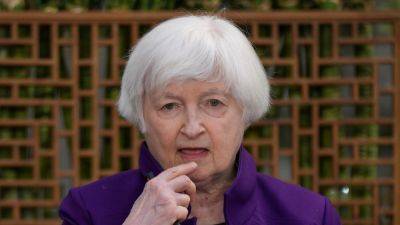First day of spring 2024: All you need to know about spring equinoxes
Northern Hemisphere, a sense of rejoicing will rest with the citizens based in the Eastern time zone as this is the most awaited season, relieving them from the harsh winter and giving them the chance for some great outdoor picnics and outings.
The beginning of the academic season is another good reason why the arrival of spring is very important for Universities and colleges.
This season will see cherry blossom trees blooming earlier this time. The flora and fauna of the West are welcoming this spring with open arms.
Spring 2024: What are Spring Equinoxes?
Based on the textbook definition, there are two types of equinoxes in a calendar year, namely, vernal and autumnal. Equinoxes occur when the sun is directly overhead at noon, creating equal halves between the day and at night. This means that residents in the spring equinoxes will equal daytime and nighttime. Spring equinoxes usually occur between March 19-21. The dates vary depending on the revolution period of the Earth around the sun.
Spring 2024 in the Southern Hemisphere
The Southern Hemisphere will see their share of the spring when there's fall in the Northern Hemisphere, typically from September this year. Similar equinoxes will be seen in the Southern Hemisphere, as mentioned above for the Northern Hemisphere. The March equinox in the Southern Hemisphere will see chillier and drier winds, earlier sunsets, and late sunrises, as opposed to the phenomenon in the Northern Hemisphere during March
Read more on economictimes.indiatimes.com





















